Fire remains one of the most destructive threats to lives and property worldwide—each year, unplanned fires cause billions in damages, displace families, and lead to tragic losses. What makes fires even more dangerous is their stealthy start: smoke often precedes flames by minutes or hours, yet traditional detection tools may fail to alert people in time or pinpoint the source. This is where smoke-detecting cameras step in—blending advanced imaging technology with real-time monitoring to redefine fire safety. In this blog, we’ll break down how these cameras work, their advantages over conventional devices, and highlight two standout models from Wisualarm that are transforming safety protocols.
The Critical Importance of Smoke Detection
Before flames erupt, smoke is the earliest and clearest warning sign of a potential fire. Whether it’s smoldering insulation in a wall, overheated electrical wiring, or a forgotten candle, smoke spreads silently—often filling a space before anyone notices a smell or heat. Effective smoke detection isn’t just about “alerting” people; it’s about buying time: every second gained can mean the difference between evacuating safely, containing a small fire, or facing catastrophic damage.
For commercial spaces (like malls, hotels, or warehouses), industrial facilities, and even homes, reliable smoke detection is non-negotiable. It protects not only occupants but also valuable assets, sensitive equipment, and critical infrastructure. Unfortunately, traditional smoke alarms—while essential—often fall short in high-stakes or large-scale environments.
Limitations of Traditional Smoke Detection Methods
Traditional smoke alarms (such as ionization or photoelectric models) have been the backbone of fire safety for decades, but they come with inherent drawbacks that limit their effectiveness in modern settings:
- No Visual Confirmation or Location Tracking: Most traditional alarms only emit a loud sound when smoke is detected. They can’t tell you where the smoke is coming from—critical in large buildings like hospitals or factories, where responders may waste precious time searching for the source.
- Prone to False Alarms: Dust, steam, or cooking fumes often trigger traditional alarms, leading to “alarm fatigue” (where people ignore alerts) or unnecessary evacuations.
- Limited Range and Connectivity: Standalone alarms don’t communicate with one another. If a fire starts in a remote area (e.g., a warehouse storage room), alarms in other parts of the building may not activate until smoke spreads—delaying warnings.
- No Remote Monitoring: Traditional alarms can’t send alerts to your phone or a central security system. If a fire starts when a building is empty (e.g., an office after hours), the alarm may go unheard until the fire is already out of control.
These gaps highlight the need for a more intelligent solution: smoke-detecting cameras.
How Smoke-Detecting Cameras Work: A Deep Dive
Smoke-detecting cameras combine two core technologies—high-resolution imaging and advanced software algorithms—to detect smoke accurately and act fast. Unlike traditional alarms, which rely on particles or heat to trigger alerts, these cameras “see” smoke and analyze its unique visual characteristics. Here’s a step-by-step breakdown of their working principle:
- Continuous Visual Monitoring: The camera captures real-time video footage of its field of view (FOV), even in low-light conditions (thanks to infrared or low-light sensors). This ensures 24/7 coverage, regardless of lighting.
- Smoke Feature Analysis: Specialized software processes each frame to identify smoke-specific traits:
- Color and Opacity: Smoke often appears as a hazy, gray/white cloud that reduces visibility. The algorithm distinguishes this from normal objects (e.g., furniture, people) or temporary obstructions (e.g., a curtain blowing).
- Movement Pattern: Smoke spreads in a slow, billowing manner—unlike fast-moving objects (e.g., a pet) or static elements. The camera tracks this movement to rule out false triggers.
- Edge Blur: Smoke lacks sharp edges, unlike solid objects. The algorithm detects this “soft” edge quality to confirm smoke presence.
- Sensor Integration (Optional): Many advanced models (like Wisualarm’s pro version) add environmental sensors (e.g., temperature, humidity) to cross-verify alerts. For example, if the camera detects smoke and a sudden temperature spike, it confirms a high-risk fire threat—reducing false alarms.
- Instant Alert Activation: Once smoke is confirmed, the camera triggers actions: sending push notifications to a mobile app, activating audible/visual alarms in the building, or syncing with a central security system. Some models even zoom in on the smoke source to provide responders with precise location data.
Key Advantages of Smoke-Detecting Cameras
Compared to traditional smoke alarms, smoke-detecting cameras offer game-changing benefits that make them ideal for modern safety needs:
1. Precise Source Localization
The biggest advantage is visual confirmation and location tracking. The camera’s live feed shows exactly where smoke is originating—whether it’s a server room in an office, a storage closet in a hotel, or a kitchen in a home. This eliminates guesswork for responders, who can target the fire immediately instead of searching blindly.
2. Real-Time Remote Monitoring
Smoke-detecting cameras connect to Wi-Fi or Ethernet, allowing users to monitor feeds and receive alerts from anywhere via a smartphone or computer. For business owners, this means checking on a warehouse after hours; for homeowners, it means getting an alert if smoke starts while they’re away. Remote access turns “passive” detection into “active” safety management.
3. Reduced False Alarms
By combining visual analysis with optional sensor data (e.g., temperature), smoke-detecting cameras minimize false triggers. Unlike traditional alarms that react to dust or steam, these cameras only alert when they confirm smoke’s unique visual and environmental signatures. This cuts down on unnecessary evacuations and “alarm fatigue.”
4. Fire Progression Documentation
In the event of a fire, the camera records footage of how smoke (and later flames) spreads. This footage is invaluable for post-incident investigations: it helps determine the fire’s origin, identify contributing factors (e.g., faulty equipment), and improve future safety protocols.
5. Scalability for Large Spaces
Smoke-detecting cameras can be part of a network—linking multiple cameras across a building or campus. If one camera detects smoke, all connected devices (including alarms, lights, or even sprinklers) can activate simultaneously. This is critical for large facilities like airports, factories, or university campuses, where centralized safety control is essential.
Where Smoke-Detecting Cameras Shine: Key Applications
Smoke-detecting cameras aren’t just for “high-risk” spaces—they enhance safety across a range of environments:
- Commercial Buildings: Malls, hotels, and offices benefit from real-time monitoring and precise location data, ensuring guests and employees are alerted quickly.
- Industrial Facilities: Factories, warehouses, and power plants rely on cameras to monitor remote or hazardous areas (e.g., chemical storage rooms) where human patrols are infrequent.
- Public Spaces: Schools, hospitals, and libraries use networked cameras to cover large areas and coordinate evacuations efficiently.
- Residential Homes: For families, especially those with young children or elderly members, smoke-detecting cameras add an extra layer of safety—providing remote alerts and visual confirmation of threats.
Wisualarm’s Smoke-Detecting Cameras: Innovation You Can Trust
When it comes to reliable smoke-detecting cameras, Wisualarm stands out for its blend of precision, durability, and user-friendly design. Below are two flagship models that cater to different safety needs:
1. Wisualarm Smoke Sensing Network Camera (Standard Model)
Designed for seamless integration into home or small business safety systems, the Smoke Sensing Network Camera is a workhorse for everyday protection. Key features include:
- High-Definition (HD) Imaging: Captures clear footage in day and low-light conditions, ensuring smoke is detected even in dimly lit spaces (e.g., basements, storage rooms).
- Smoke-Specific Algorithm: Uses advanced software to identify smoke’s unique visual traits, reducing false alarms and ensuring accurate detection.
- Network Connectivity: Links to up to 24 WisuLink-compatible devices (e.g., alarms, other cameras), creating a synchronized safety network. If smoke is detected, all connected devices activate to alert occupants.
- Remote Alerts: Sends instant push notifications to your smartphone via the Wisualarm app, so you’re informed even when away from the property.
- Durable Design: Built to withstand daily use, with a weather-resistant casing (ideal for covered outdoor areas like porches or garages).
This model is perfect for homeowners, small offices, or retail stores looking to upgrade from traditional alarms to a smarter, more connected system.
2. Wisualarm Smoke Sensing Network Camera Pro
For users who need extra environmental insights, the Smoke Sensing Network Camera Pro builds on the standard model with added temperature and humidity monitoring—turning it into a all-in-one safety hub. Key features (in addition to the standard model’s benefits) include:
- Dual Environmental Sensors: Monitors real-time temperature (ranging from -10°C to 50°C) and humidity levels (20% to 90% RH). This allows the camera to cross-verify smoke alerts with environmental changes (e.g., a sudden temperature spike) for even more accurate threat detection.
- Customizable Thresholds: Set alerts for specific temperature or humidity levels (e.g., alert if humidity exceeds 80% in a server room). This makes the pro model ideal for spaces with sensitive equipment (e.g., labs, server rooms) or unique environmental needs.
- Enhanced Video Storage: Offers cloud or local storage options for extended footage retention—critical for industrial or commercial users who need to archive safety data for compliance or investigations.
- Advanced Integration: Syncs with smart home or building management systems (e.g., Alexa, Google Home, BMS platforms) to automate actions (e.g., turn on exhaust fans if humidity is high, shut down equipment if temperature spikes).
The Pro model is a top choice for industrial facilities, commercial buildings, or homeowners who want comprehensive environmental and fire safety monitoring in one device.
Final Thoughts: Investing in Intelligent Safety
Smoke-detecting cameras represent the future of fire safety—turning passive alarms into active, connected systems that protect lives and property with precision. By addressing the limitations of traditional detectors (e.g., no location tracking, false alarms), these cameras provide peace of mind for homeowners, business owners, and facility managers alike.
Wisualarm’s Smoke Sensing Network Camera and Pro model embody this innovation: they’re easy to use, reliable, and designed to adapt to diverse safety needs. Whether you’re looking to upgrade your home’s safety or secure a large commercial space, these cameras offer the “sharp eyes” you need to detect threats early and act fast.
In a world where safety can’t be left to chance, smoke-detecting cameras aren’t just a luxury—they’re a necessity.





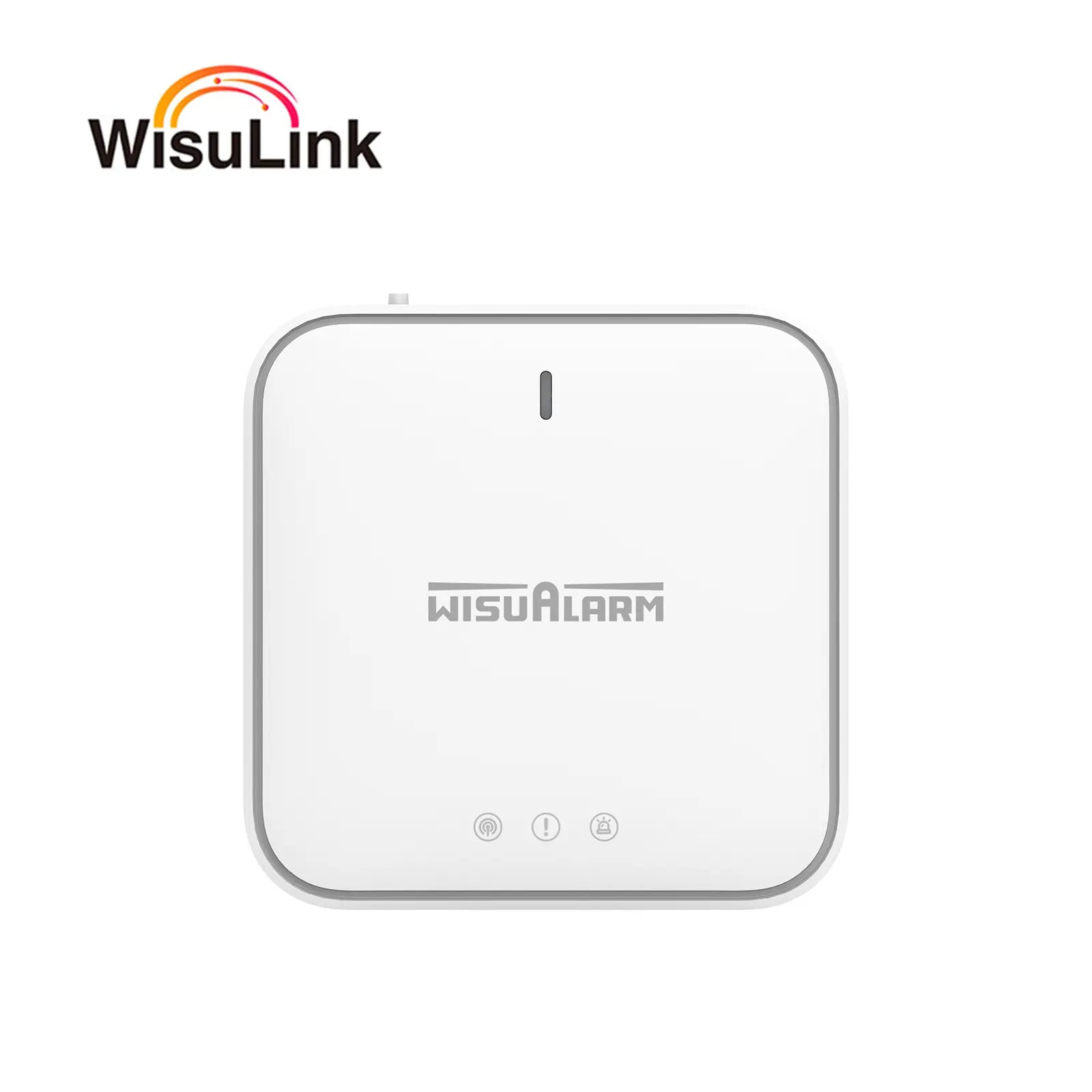
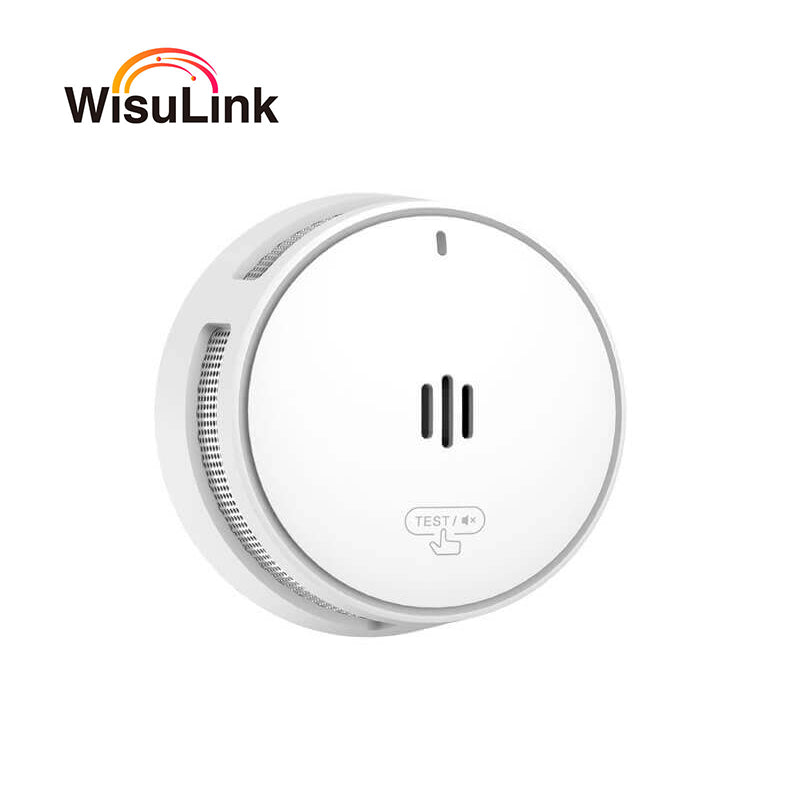
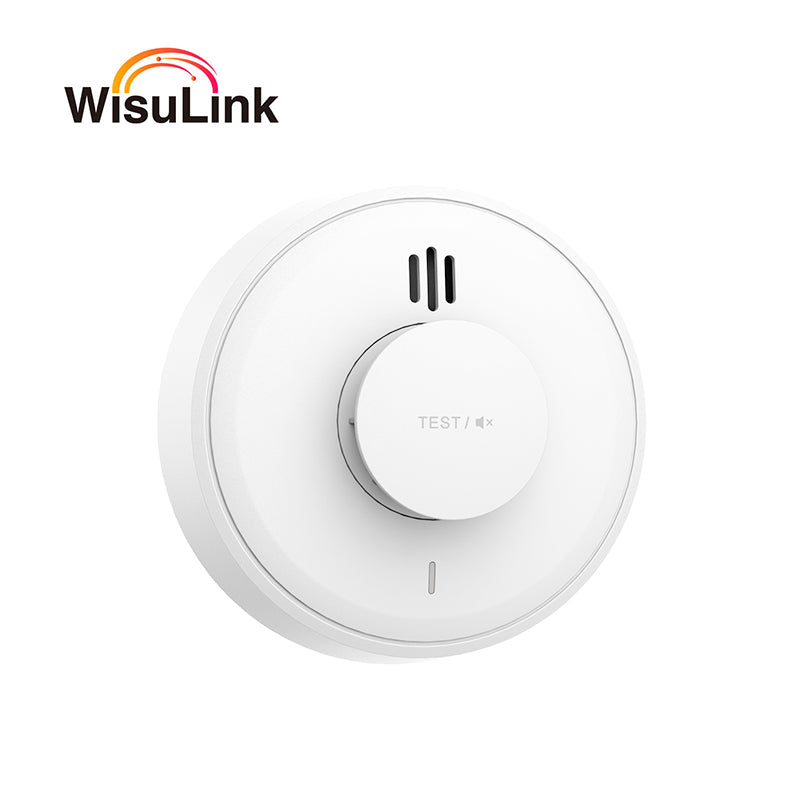


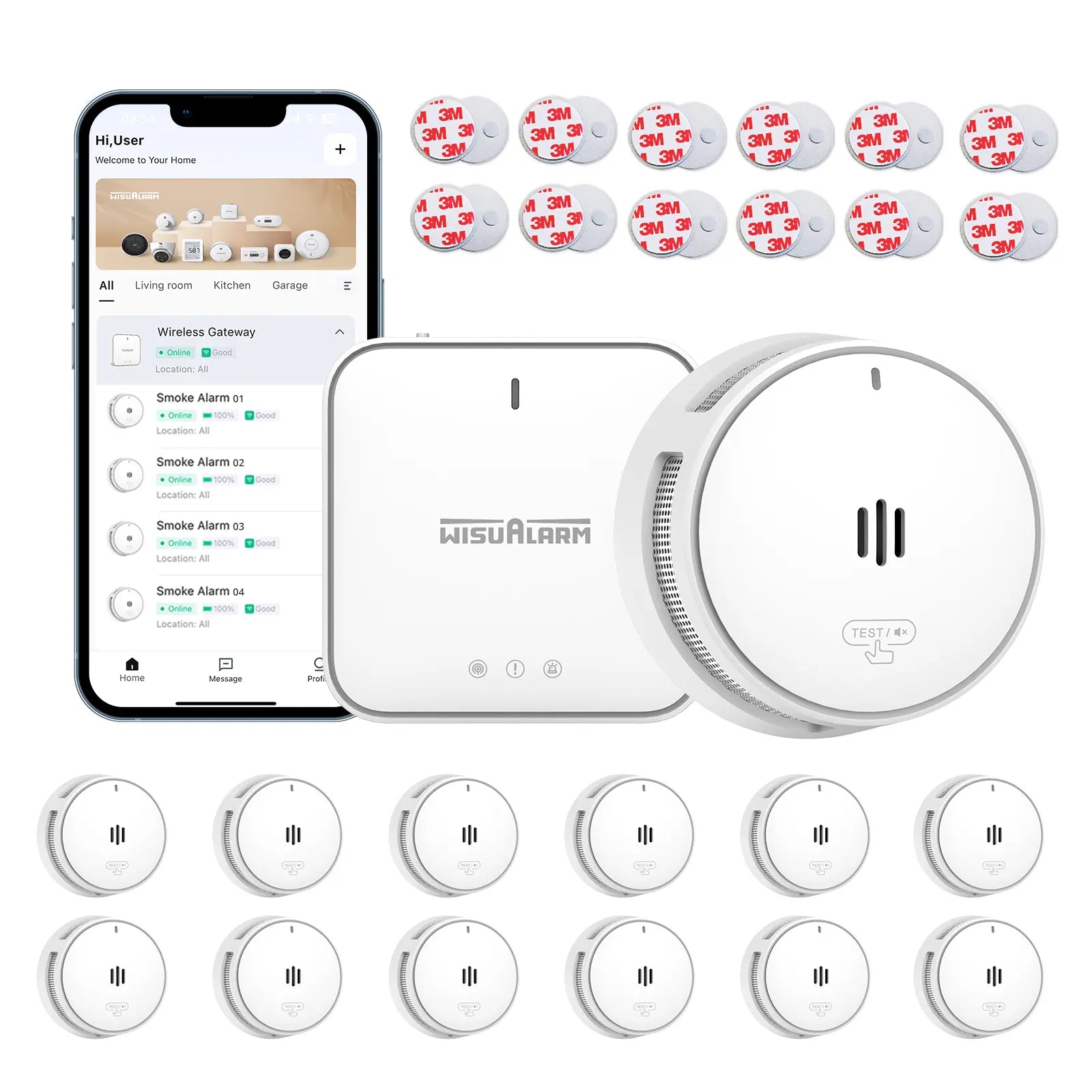




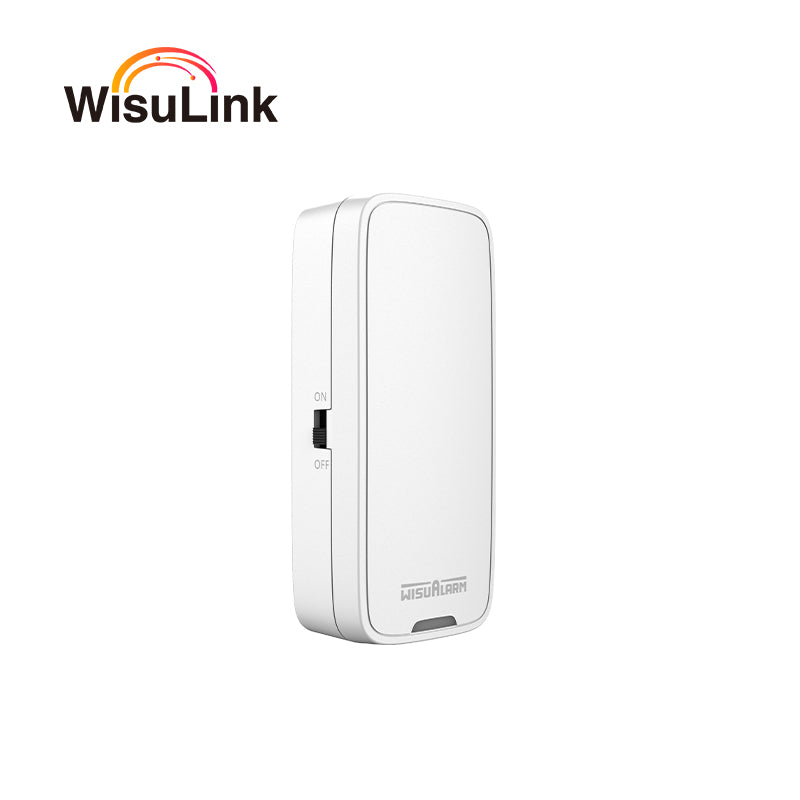









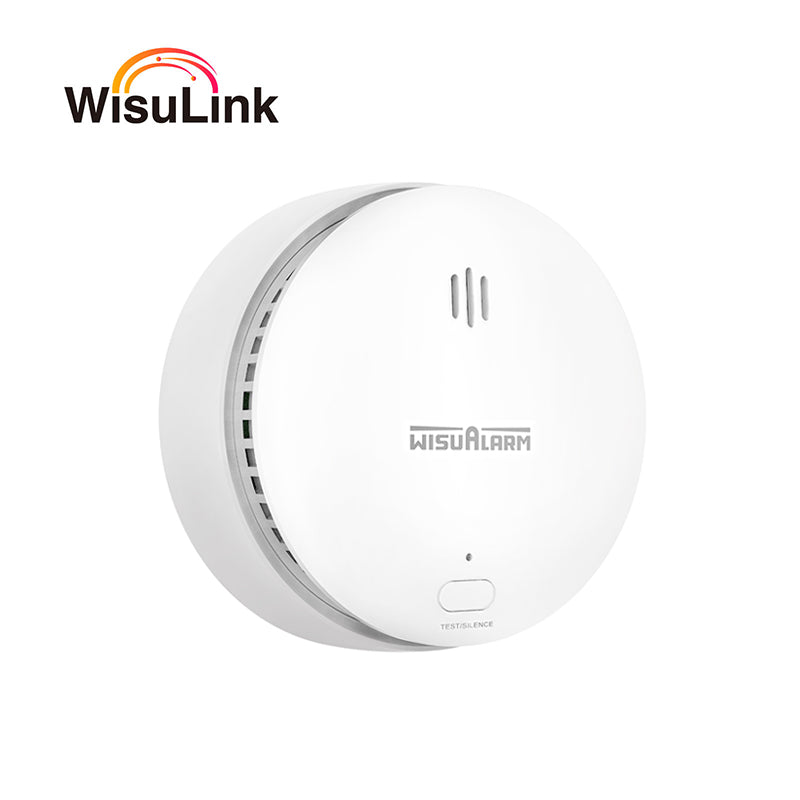
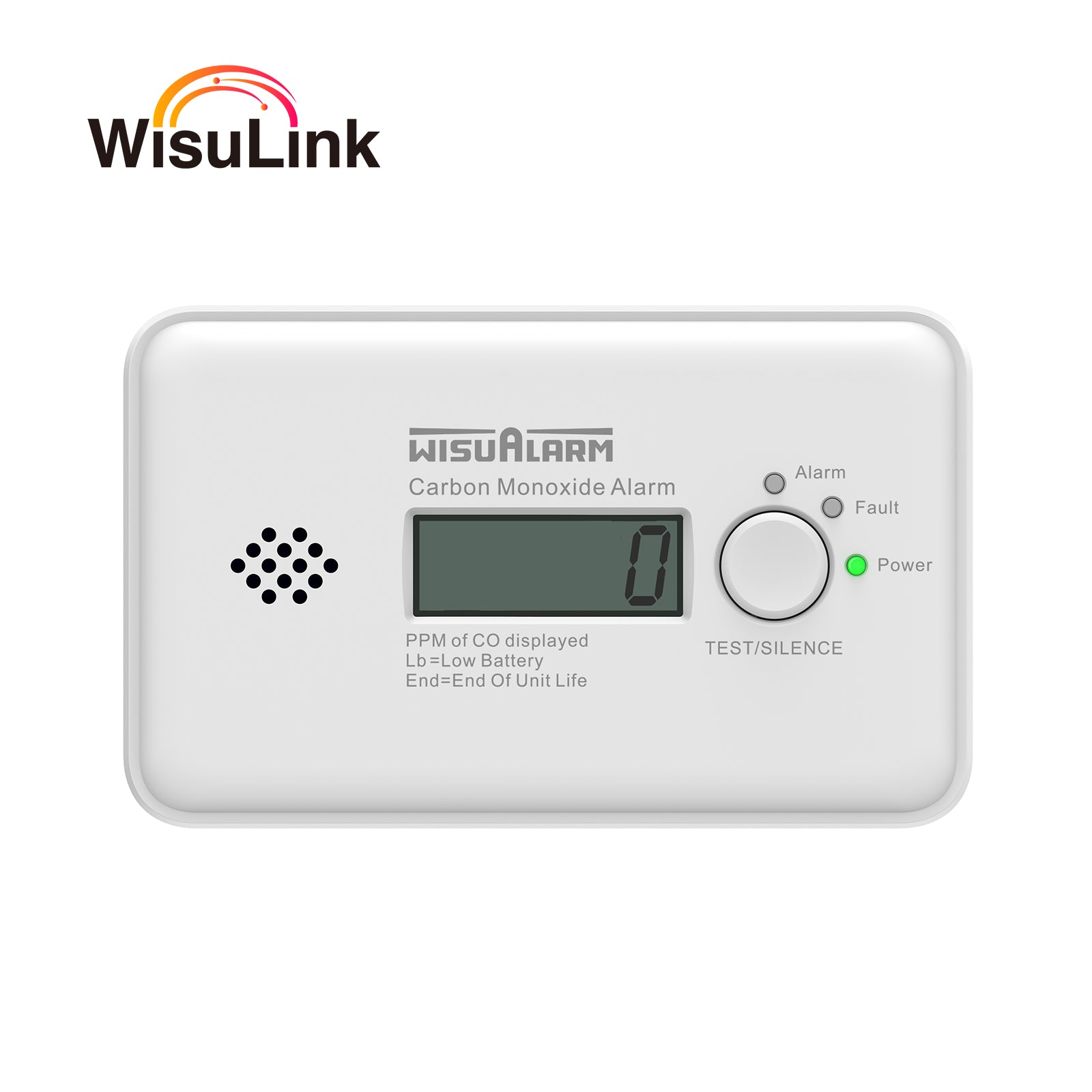
























Hinterlasse einen Kommentar